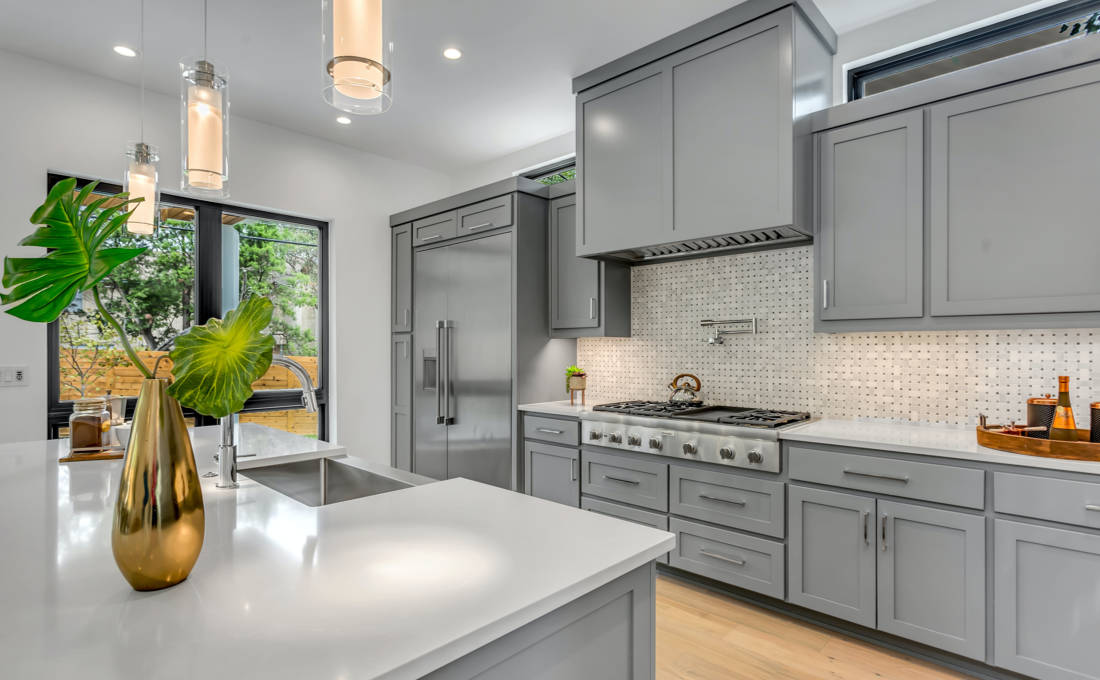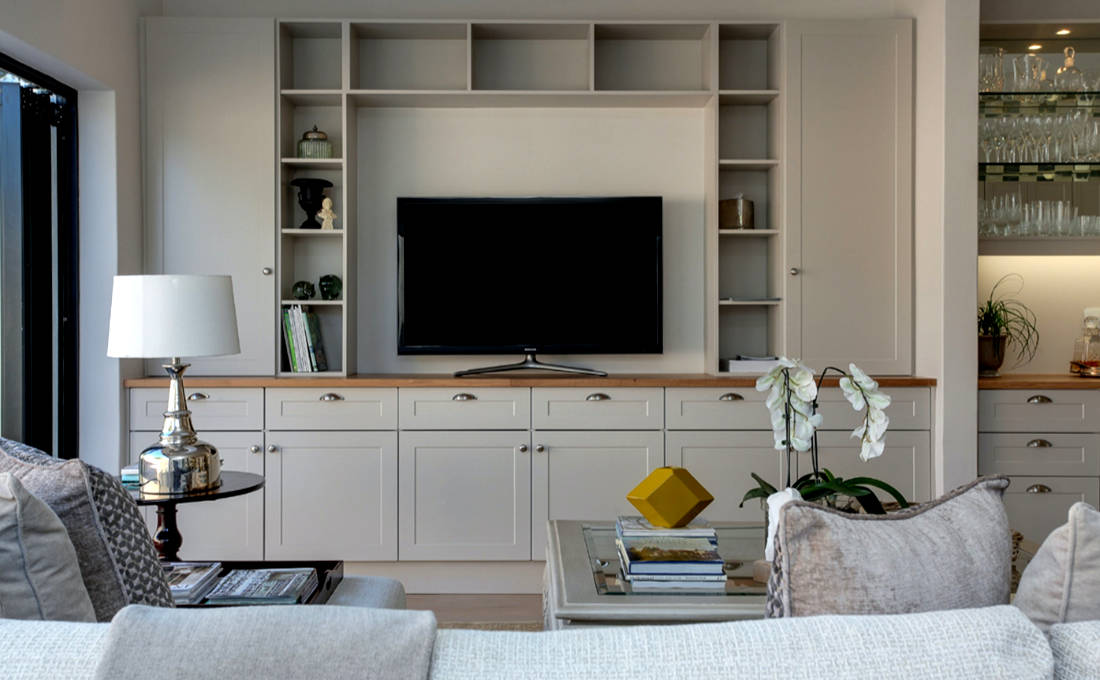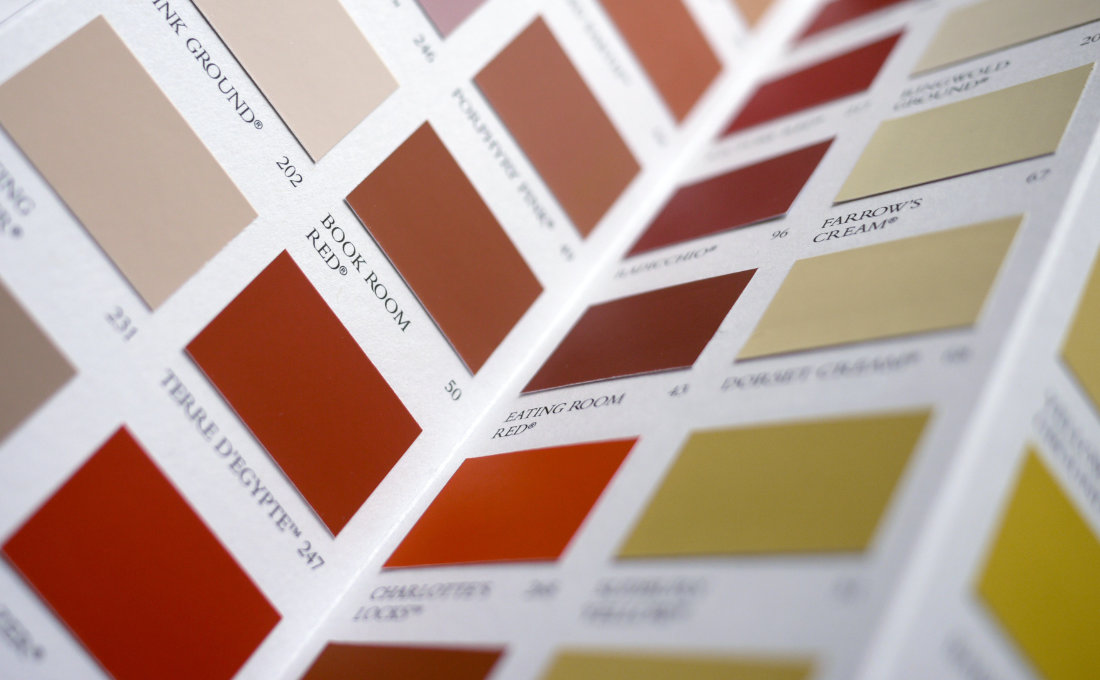How to Choose the Best Wood For Your Kitchen Cabinets
Cabinetry is one of the main focal points in any kitchen. The wood used can make or break the whole kitchen design. Therefore, it is vital to carefully consider which wood will help you achieve the style you want. We put together some of our best tips to help you decide which wood will work best for the kitchen of your dreams!
Consider the Whole Room
The first step is to consider the rest of the room. Having an idea of the look and feel you want to achieve helps narrow down your choices. Are you going for an open and airy kitchen? Maybe you want to achieve a cozier and warmer feeling. Or perhaps you want to create a quirky and colorful look. There are no wrong choices here!
Additionally, consider other materials being used. What color and texture are the floors? The counter-tops? What about the walls? You want to choose a wood that will compliment the other tones in the room. Many stores will give you wood samples to take home. Holding these up to the other colors and materials in your kitchen will give you a better idea of what the room will look like when it’s complete.
Decide if You Want to Use Paint
Painting your kitchen cabinets is a sure way to add personality to the room. Whether you’re going for a bright kitchen with white or lighter colored cabinets, a modern grey scheme, or looking to add a bit of color to the design, decide on paint early in the process. Different wood reacts to paint differently. For example, Poplar is often chosen among woodworkers when painting cabinetry. When Poplar is sanded, primed, and painted correctly, it holds up against wear and tear and gives the paint a beautiful finish. Poplar is also relatively affordable compared to other materials. On the other hand, Oak Plywood is very porous. This makes it difficult to achieve a smooth paint finish.
Choose the best tone and texture
Once you’ve decided the overall look you want to achieve and whether to paint or not, consider tone and material. Many wood types are easy to stain or come in a variety of light and dark tones. A general rule of thumb is finding balance. If you have darker counter tops, consider a lighter tone. For example, with light marble countertops, a darker wood could be used without closing up the space.
The grain of the wood should also be considered. If you’re wanting visual uniformity, a wood like Rift Oak might suit you. It has a fine linear grain, which gives it a very consistent color. Contrarily, Knotty Alder has significant grain variation and gives a more rustic look.
The Most Popular Wood Choices
Now that you know what to look for, which woods will actually give you these results? Here’s a list of some of the most popular wood choices for kitchen cabinets!
1 | Maple
Maple is a popular wood choice among designers because it comes in a variety of tones and is relatively easy to work with. It has a fine and smooth grain, which gives a clean finish. This also means it’s easy to stain or paint. Maple can be used to achieve a variety of looks from contemporary to traditional!
2 | Walnut
Walnut is a fantastic choice if you’re looking to make a statement. It’s grain and color tend to vary significantly, giving it a beautiful, natural look. A lighter-toned Walnut will allow these elements to shine, while a darker toned Walnut will give a more subdued, classic look.
3 | Cherry
Cherry is a great choice of wood for anyone looking for darker-toned cabinets. This luxurious wood has a lush grain with the occasional knot, giving it a sophisticated, elegant look. It tends to come in red or reddish brown tones. A simple stain will give this wood a smooth finish, perfect for a timeless kitchen.
4 | Oak
There are over 600 species of oak, which makes it a versatile choice for any wood-working project. Oak has long been a popular choice for cabinetry. Strong and durable, oak can withstand wear and tear. The grain tends to be very coarse and uneven. Additionally, oak is usually lighter in tone, making it easy to stain. This wood is used to achieve a variety of styles.
5 | Alder
Alder is a softer hardwood with a straight grain. Because of this, Alder achieves a rustic or rustic-modern look. It also blends well with bolder woods like cherry or walnut. Alder is light in color when first cut, so it’s easy to stain. It’s also readily available, often making it a cost-effective choice!
Consider Working With an Expert
There is a lot to consider when choosing the best wood for your kitchen cabinets. You may not have the time or the skill to select the ideal wood for your project. If you work with a professional interior designer, you can share your preferences and let the expert narrow down the best choices for you.
At Kelley Astore Interiors, we have over 25 years of experience creating beautiful homes and custom cabinetry for our clients across Northern Virginia, Washington, DC, and the Greater Washington Area. We will work with you every step of the way and do everything we can to ensure your kitchen is exactly what you dream of. Head to our services page to see how we can help you!



